Apple Releases macOS Catalina 10.15.6 Supplemental Update With Virtualization Bug Fix
Apple today released a supplemental update for macOS Catalina 10.15.6, with the update coming a month after the original launch of macOS Catalina 10.15.6.
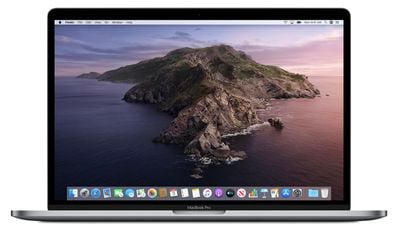
The macOS Catalina 10.15.6 Supplemental Update can be downloaded from the Mac App Store using the Update feature in the System Preferences app.
According to Apple's release notes, the update fixes a problem that could cause virtualization apps like VMware to crash. It also fixes an issue that could cause the 2020 iMac to appear washed out after waking from sleep. Apple's full release notes are below:
macOS Catalina 10.15.6 supplemental update includes bug fixes for your Mac.
- Fixes a stability issue that could occur when running virtualization apps
- Resolves an issue where an iMac (Retina 5K, 27-inch, 2020) may appear washed out after waking from sleep
macOS Catalina 10.15.6 will likely be the last update to the macOS Catalina operating system as Apple transitions to macOS Big Sur, the newest version of macOS set to be released in the fall.
Popular Stories
iOS 17.2 has been in beta testing for over a month, and it should be released to all users in a few more weeks. The software update includes many new features and changes for iPhones, including the dozen that we have highlighted below. iOS 17.2 is expected to be released to the public in mid-December. To learn about even more features coming in the update, check out our full list. Journal ...
Unidentified governments are surveilling smartphone users by tracking push notifications that move through Google's and Apple's servers, a US senator warned on Wednesday (via Reuters). In a letter to the Department of Justice, Senator Ron Wyden said foreign officials were demanding the data from the tech giants to track smartphones. The traffic flowing from apps that send push notifications...
Apple today released new firmware update for both the Lightning and USB-C versions of the AirPods Pro 2. The new firmware is version 6B34, up from the 6B32 firmware introduced in November. Apple does not provide details on what features might be included in the refreshed firmware beyond "bug fixes and other improvements," so it is unclear what's new in the update, but prior software releases ...
Apple's Korean suppliers have begun developing smartphone under-display cameras (UDC), paving the way for the first iPhone with a true "all-screen" appearance. According to The Elec, LG Innotek has entered the preliminary development of the UDC, which sits under the display and does not result in a visible hole in the panel when the camera is not in use. A UDC differs from a typical front ...
The iOS 17.2 update that Apple is set to release to the public in the near future will bring support for the next-generation Qi2 wireless charging standard to the iPhone 13 and iPhone 14 models. Qi2 was mentioned in the release notes for the RC version of the update that came out today. With the addition of support for the new standard, iPhone 13 and iPhone 14 models will work with Qi2...
Recently, MacRumors has received details on the battery currently being tested on the upcoming fourth-generation iPhone SE, and the information corroborates previous findings in relation to the device. The iPhone SE 4, known by its device identifier D59, is expected to use the exact same battery found in the base model iPhone 14. Partially assembled prototypes of the next iPhone SE have been ...
Today we're tracking a collection of deals that are matching - or nearly matching - the same all-time low discounts we saw during Black Friday. This includes the AirPods Pro 2 with USB-C, 9th generation iPad, and M1 MacBook Air. Note: MacRumors is an affiliate partner with some of these vendors. When you click a link and make a purchase, we may receive a small payment, which helps us keep the ...
Meta has revealed plans to end Instagram users' ability to chat with Facebook accounts later this month, rolling back a feature that it introduced over three years ago. In September 2020, Meta (then Facebook) announced it was merging its Facebook Messenger service with Instagram direct messaging, allowing Instagram users to chat with Facebook users and vice versa using the same platform....



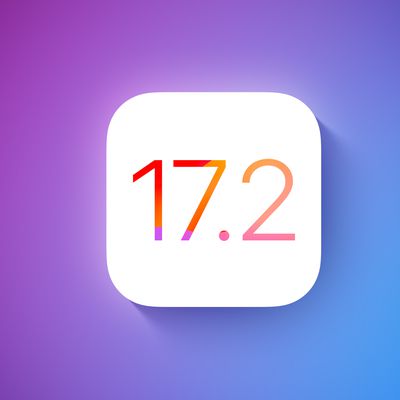
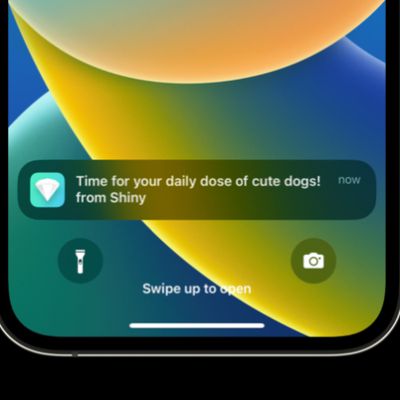

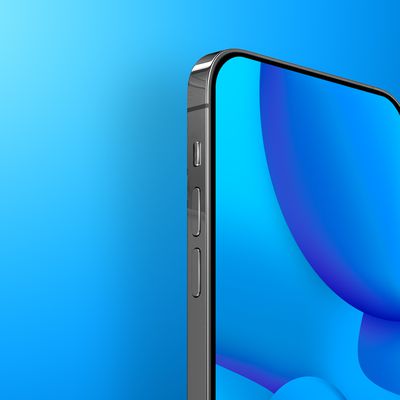
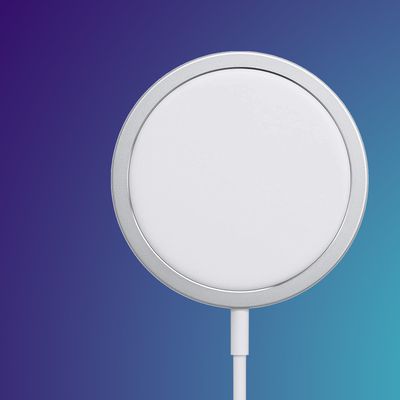
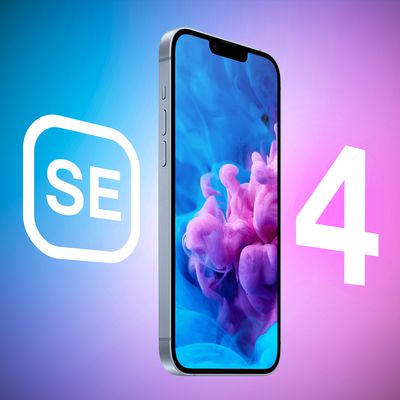

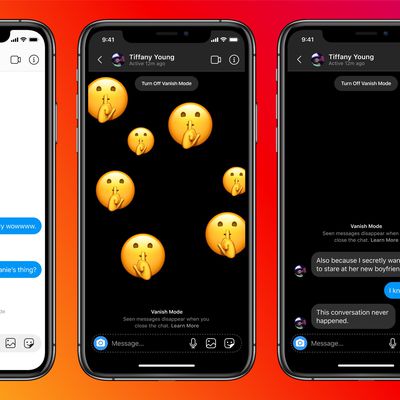





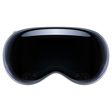







Top Rated Comments
How about the Product Manager who signed off on the release? The director of software engineering? The VP of Software?
Or how about the executives who decided to allocate only so many resources to software testing, while maintaining pressure to meet an ambitious feature release schedule?
In any company, the responsibility for releasing buggy software goes all the way up the chain, not just theoretically but in actual practice. The danger of demanding that heads roll is that 1) the heads probably won’t belong to the people responsible for creating the conditions that lead to the release of buggy software, 2) the people who replace your decapitated developers will have less experience with the software you’re developing, and 3) your developers may become more concerned about covering their posteriors (a singularly inappropriate metaphor for someone facing decapitation) than about working together to release high-quality software.
Don’t get me wrong. As someone who used to run software QA for a living, I’m inclined to think that people should be serving jail time for some of the software bugs I keep reading about, but actually deciding who to fire or hang or sacrifice to the Red God isn’t entirely straightforward, nor perhaps entirely helpful.
My biggest concern is access to root as Apple continues to extend SIP. I've always disabled SIP and Gatekeeper as I require read/write access for development and third party apps. Certainly this it not something everyone should do and doing so is always with risk yet is a necessity for my personal needs and I utilize other precautions, etc.
That stated, my biggest concern is read/write access to root as Apple created two volumes for Applications - User and System. I've created a script that mounts the drive for read/write, assigns the necessary permissions, then deletes it. I've used this on my MacBook Pro for development work which is now running Big Sur.
My concerns with 10.15:
- Will this be necessary in case my system needs to be restarted? (I rarely do so unless necessary)
- Has Apple locked the ability to mount and change root permissions with incremental 10.15.x updates?
Don't even get me started on Big Sur. Running it on my MacBook Pro for development and struggling to adjust to the UI in addition to SSV. I completely understand Apple's focus on security especially for novices/everyday users, yet their focus on locking the system down further with each release makes it difficult for third party developers to maintain their apps which is most likely Apple's true intentions as they want to force developers to utilize the Mac App Store. Given there are ways to easily bypass Apple's security measures - granted they've made the processes more difficult - and users have already found backdoors in Big Sur, I wonder if there are better methods for security measures than what Apple has been implementing since SIP and Gatekeeper were introduced.
Make no mistake—I, too, get upset and irritated when software bugs interrupt my productivity and enjoyment of technology. I’ve complained a lot to Apple over the years, and logged countless support cases for numerous products, both software and hardware. When something is not to my liking or when it causes me inconvenience as a user, I will complain.
That said, I also realize that with something as complex as an operating system, there’s not just one person pulling the strings behind the curtain, so to speak. It’s a team effort, and sometimes mistakes are made. No manufacturer has ever released a flawless product without blemish, one which operates perfectly in every way. In the end, it’s up to the end user to make sure their bases are covered, so that when a particular piece of software or hardware they use does not function properly, they have a means of recovering.